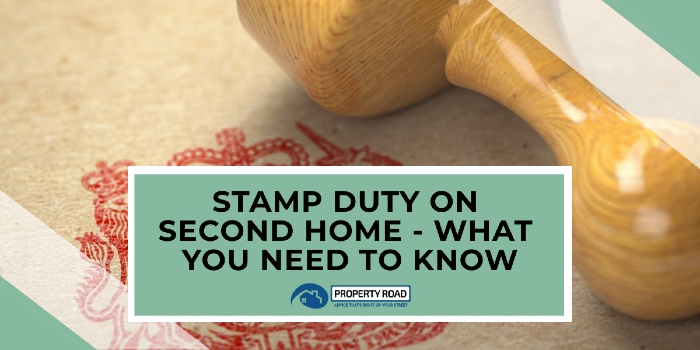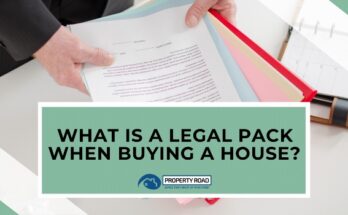The rules over the stamp duty surcharge on a second home are complex, and it’s important that you understand what they are, so you don’t fall foul of the law.
If you don’t already know, there is a 3% stamp duty surcharge on all second homes bought in England and Northern Ireland. Similar rules apply in Wales and Scotland.
Here, our question and answers focus on England and are aimed at those homes that the buyer will not be living in, including:
- Holiday homes;
- Second homes;
- Buy to lets.
It’s important to appreciate that when you buy a property that will be your main residence, that’s the one you will be spending most of your time living in, then you simply pay stamp duty at the basic rate.
When you buy a second home, or a buy to let investment, then you will need to pay the stamp duty surcharge which means paying at the basic rate, plus a 3% surcharge.
You will also have to pay if you have a holiday home overseas.
Type of property for stamp duty surcharge
Also, the type of property, for example, whether it’s a leasehold or freehold, will not have an impact and you will still have to pay.
This also applies to a shared-ownership property, and if you are a joint owner of your previous home.

As mentioned, the rules can become complicated and for those who bought a previous property or have been added to the title deeds later, then you own a property in the eyes of the law – so any new property you buy will be considered to be a second home.
Our Favourite Books On Property Investing:
To help explain more about stamp duty land tax, we have put together these questions and answers.
What is stamp duty land tax surcharge?
The stamp duty land tax surcharge (SDLT) is a 3% levy that is in addition to the stamp duty already being levied when buying a home.
However, the Chancellor of the Exchequer changed the rules, and new rates were introduced to stimulate the property sector during the coronavirus lockdown. You can learn more about the new stamp duty land tax rates and why they were introduced in this Property Road news article.
It’s always important to use an online stamp duty calculator to see how much you will have to pay.
Who has to pay stamp duty land tax surcharge?
There is no way of avoiding paying the stamp duty land tax surcharge, and anyone who is buying an additional residential property that is worth at least £40,000 will have to pay. This also includes:
- A holiday home;
- The main residence that you are planning to live in at some point;
- A buy to let.
As mentioned, if you have a share in another residential property, then this will count towards you owning a home – but only if that share is worth at least £40,000.
Also, if you own at least a 30% share of an overseas property when buying your first UK home, then you’ll have to pay the extra tax.
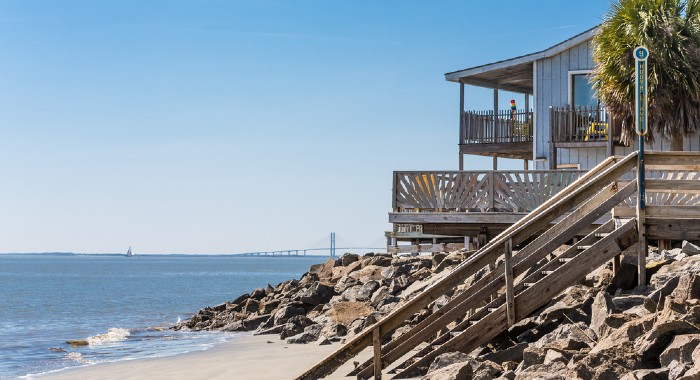
However, there are tiered rates for stamp duty in England and Northern Ireland, and also separate laws covering the issue in Scotland and in Wales.
When did the new stamp duty rules begin?
The stamp duty land tax surcharge began in April 2016 after being unveiled the year before by the Chancellor of the Exchequer in his Autumn Statement.
How is stamp duty land tax charged?
The stamp duty surcharge is calculated on a tiered basis, but the 3% surcharge applies to the property’s whole purchase price.
How much will the stamp duty surcharge cost me?
The best way of finding out how much you will pay in stamp duty is to use an online calculator.
For example, for someone buying a second home that is costing £300,000, then 3% of its price means the stamp duty surcharge will be £9,000.
That’s in addition to the regular stamp duty bill of £5,000.
So, because it’s your second residence, you’ll have to fork out £14,000 in total for stamp duty.
What if the property will be my main residence?
This is a good question since the stamp duty land tax rules do create some confusion.
Essentially, if the property you are buying is to replace your main residence and you will be living there, then you will not be liable for the stamp duty surcharge.
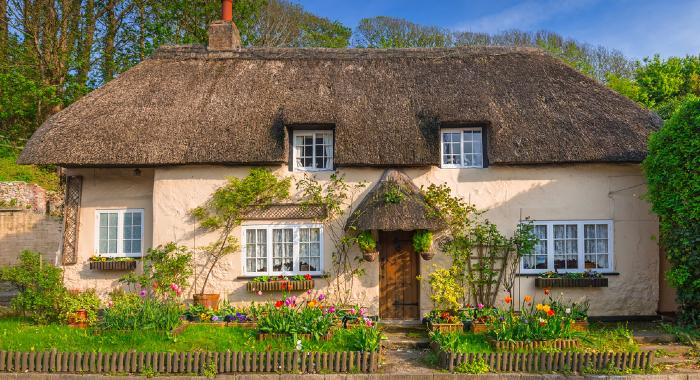
That is even if you own other property, including a flat you rent out or a second home, at the same time.
This is where the government’s website on the stamp duty rules really comes into its own.
It spells out quite clearly that when you sell a main residence and purchase a new one to replace it, and even though you may have two properties at the same time, you will not have to pay the surcharge.
Government rules also highlight that if you are replacing a main residence, then the previous property will have to be disposed of, whether it is sold to another buyer or gifted to a new owner.
Also, to spell out the rules, if you are buying a property and moving out of rented accommodation then you are not disposing of your main residence, and you are not a part-owner or owner of that property, so again you won’t have to pay stamp duty surcharge.
What is a main residence?
Again, the rules need to be explained about what constitutes a homeowner’s main residence.
Essentially, a main residence is the home where you live – though not necessarily a property that you own.
HMRC will decide which home is your main residence, and if they have to refer to this it will be as a matter of ‘fact’.
The rules mean you need to show some level of ‘permanence’ when living in a home for it to be considered as your main residence. Living there will not be sufficient to meet the rules.
Put simply, if you spend most nights in a particular property, and it’s where your family lives and where you are signed up for the local doctor and are also registered to vote, then this will be considered to be your main residence.
Note: While it may be tempting to play with the main residence rules, it really isn’t. For example, you cannot decide or ‘elect’ where your main residence is for the purposes of Capital Gains Tax (CGT).
What if I buy a main residence before selling my previous one?
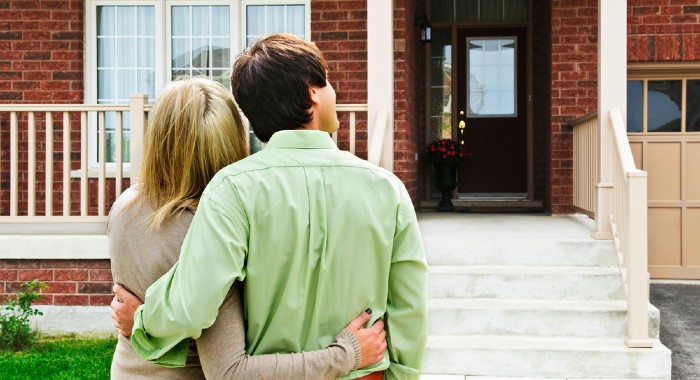
This is another area where the rules need to be explained fully.
Unfortunately, if you retain a former main residence, and then buy another main residence then you will need to pay the 3% stamp duty land tax surcharge – on the purchase price of the second property.
However, you need to appreciate that should you sell the first main residence within 36 months after completing the purchase of the second property, then you will receive a full refund of the 3% stamp duty land tax surcharge that you paid on the second property.
How do I get a stamp duty refund?
Following on from the previous answer, the process to get a refund of the 3% you paid in stamp duty is straightforward. You simply:
- Print off a repayment request form on the HMRC website;
- Fill it in;
- Post it to them.
Or you can apply for a stamp duty refund online.
You have up to 12 months from the date of the first main residence’s sale to apply for a refund.
There is no guarantee that HMRC will refund the money if you apply late.
Do I pay the stamp duty land tax surcharge as a first-time buyer?
If you are a first-time buyer, the answer is no – if you don’t own any other property.
This also extends to investing in a buy to let property because you’ll still only own one property.
Again, if you inherit a property, or you have a part-share in a home or even buy with someone else who owns a property already, then you’ll have to pay the surcharge.
Do I still pay stamp duty land tax surcharge using my spouse’s name?

It may be tempting to fudge the rules, but when it comes to stamp duty purposes, civil partners and married couples are classed as one unit.
This means that HMRC will still apply the stamp duty rate if one partner owns a buy to let property, for example, while the other partner buys a second home as that would make them eligible for the surcharge.
I’m buying a home for my children – do I still need to pay the surcharge?
The rules are straightforward and if it’s your name that will be on the deeds, and you also own another property, then the surcharge rules apply.
This can be avoided if you are not going to be a joint-owner and gift your children the deposit.
Also, guarantors for a mortgage will not be classed as property owners and will avoid the surcharge.
Understanding the stamp duty on second home
Essentially, when it comes to understanding the stamp duty rules on a second home, you need to be very careful. It is crucial you don’t run into trouble with HMRC, and you may need expert advice if you are confused.

